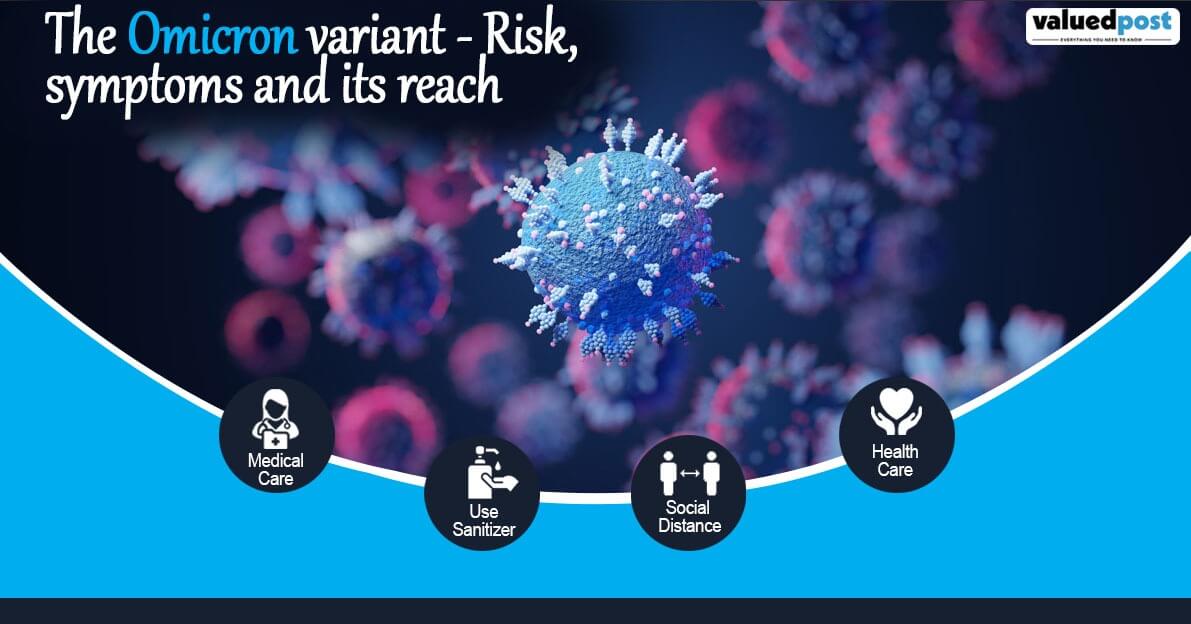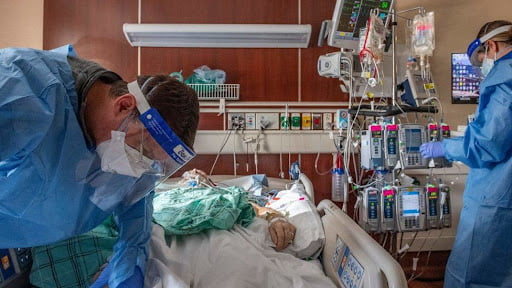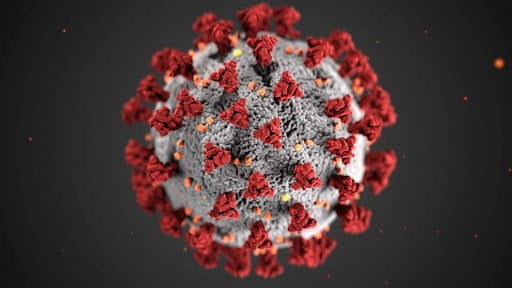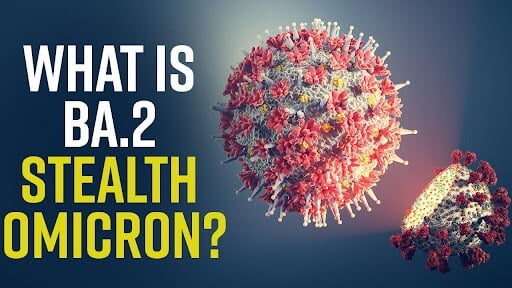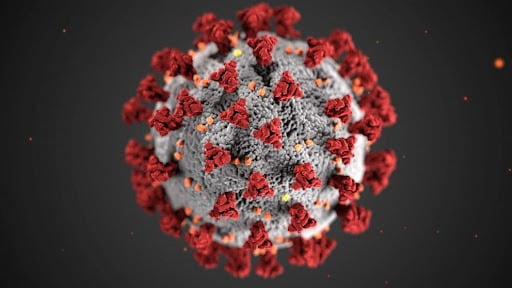How can sewage water alarm the authorities on Covid-19 hotspots?
More than 40,000 people living on nearby outskirts in Sydney were expected to be tested for Covid-19 recently. After the trials of the novel, coronavirus was discovered in the sewage water. It was found in the areas, but there were no local cases. In Adelaide, the same kind of alert was declared earlier this month.
The earlier studies show the presence of the novel coronavirus in sewage water. The toilet water goes from a waste system to a treatment means. Recently, some countries have begun wastewater surveillance to detect the local upsurge and warn the residents.
Karnataka was the first state in India to launch the city sewage surveillance system in Bengaluru at the earliest this week to classify the potentiality of Covid-19 groups. According to the dashboard of Covidpoops19, only a few nations were using wastewater to monitor the expansion of Covid19. But now, more than 2,276 are using wastewater to monitor the development of Covid-19, including India and 55 more countries.
Early detection of Covid-19
Testing of sewage water is an old system. Initially, it was used in Ireland in 1920 to detect typhoid ( a water-borne disease). Since then, this method has been used to follow other conditions with evidence like influenza, measles, or poliovirus. According to Dr Ishwar Gilada, an infectious diseases expert. Research had shown that people excreted the virus in their urine and excrements before anyone discovered it, in the case of this novel coronavirus. It showed some other symptoms of the virus Covid-19. Therefore, sewage water testing can help in detecting some asymptomatic patients too. Dr Ishwar Gilada said in IndiaToday. In, “Hence, this measure can be an early indicator of a potential outbreak. Using sewage samples from wastewater treatment plants, scientists can use RT-PCR machines to detect and quantify the amount of RNA from SARS-CoV-2 in different areas”.
Recently, Italian scientists also found the presence of a novel coronavirus in the wastewater already in Turin and Milan in the middle of December 2019. However, some days before, the cases in Wuhan, China, were reported publicly.
you may also like to read: covid-19 booster vaccine’s approval status
Detection of COVID-19 in wastewater
University of Toronto’s Rotman School of Management’s researchers has introduced to calculate the Covid-19 infection hotspots by using a refined algorithm. The calculations will be gleaned from the data being collected from sensors. The sensors are a part of the Wastewater-Based Epidemiology (WBE) program. Wastewater-Based Epidemiology is a new tool that can quickly observe the expansion of diseases with the help of the population’s wastewater analysis. Most people suffering from Covid-19 excrete the remains of the SARS-Cov-2 virus. That waste finishes up in the local wastewater system. WBE data can be used to identify the people infected recently by using advanced mathematical models.

Implementation of Wastewater Surveillance
In collaboration with some firms during the federal government, the US
Department of Health and Human Services (HHS) and the Centers for Disease
Control and Prevention (CDC) are beginning the National Wastewater Surveillance System (NWSS) to acknowledge the coronavirus. The data they created is supposed to help the public health officials understand the scope of Covid-19 much better in the localities. Currently, CDC is producing a portal for locals, tribals, states, and territorial health departments to submit the testing data of wastewater into a national database to help review, compile, and interpret the data for public health action and the betterment of the public.
National database participation will ensure that the data is comparable across the jurisdictions. Data generated from the wastewater testing are intended to complement them and not replace the information currently existing in the Covid-19 surveillance systems. It should be done by providing-
- The data at the sub-county level.
- Efficient combined community sample.
- The data where appropriate clinical testing of Covid-19 is either unavailable or underutilized.
What are the advantages of having wastewater surveillance for infectious diseases?
- Around 80 percent of the United States families are assisted with the system of community sewage collection.
- Sewage testing was successful as a means to detect some other diseases early, like polio.
- The quantitative SARS-CoV-2 measurements in untreated sewage can give a report on the changes in the entire Covid-19 infection spreading in the locality. It can contribute to the wastewater treatment plant. The area is now know as the sewershed.
- Sewage surveillance can be the first indicator of showing the changes in Covid-19 being a burden on the locality, depending on the testing frequency of the sewage.
- SARS-CoV-2 RNA detection can work as a Covid-19 indicator in the sewage that is not dependent on the healthcare-seeking management and access to clinical testing.
- SARS-CoV-2 can be discarded in the feces of people with asymptomatic or symptomatic infection. Thus, wastewater surveillance can catch the data on both kinds of diseases.


